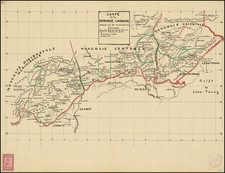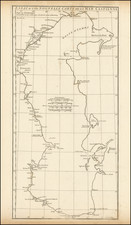This 1561 map, Tabula Asiae III, made by Girolamo Ruscelli and published in Venice, presents a Ptolemaic perspective of the region wedged between the Black Sea and the Caspian Sea, focusing predominantly on Armenia. This map elucidates the geographical understanding of the era, showcasing regions like Assyriae Pars, Armenia Maior, Mediae Pars, Hyrcani sive Caspii Maris. Pars., Portae Albaniae, and Armeniae Minoris Pars. Notably, the map references Albania in the Caucasus rather than in the Balkans.
The 16th century marked a significant period in cartography when classical works of ancient scholars like Ptolemy saw a revival. Girolamo Ruscelli, an Italian cartographer and editor, was instrumental in this Renaissance period, translating and augmenting Ptolemy's geographical treatises. Ruscelli's adoption of Ptolemy's geographical systems in "Tabula Asiae III" signifies the endurance of classical knowledge and its influence on the Renaissance mind.
An interesting feature of this map is its depiction of Armenia, a historical region that often served as a crossroads between the major empires of the time, including the Romans, Persians, Byzantines, Arabs, and Ottomans. In the context of Ruscelli's time, the 16th century, the area was witnessing the growing influence of the Ottoman and Safavid empires. The map, therefore, provides a cartographical snapshot of this geostrategically important region during a period of intense imperial competition.
In summary, "Tabula Asiae III" is an enlightening document that captures the fusion of ancient and Renaissance geographical understanding. Its depiction of Armenia and surrounding territories, during a pivotal historical period, provides a fascinating look at the region's shifting boundaries and evolving identities.
Girolamo Ruscelli (1500-1566) was a cartographer, humanist, and scholar from Tuscany. Ruscelli was a prominent writer and editor in his time, writing about a wide variety of topics including the works of Giovanni Boccaccio and Francesco Petrarch, Italian language, Italian poetry, medicine, alchemy, and militia. One of his most notable works was a translation of Ptolemy’s Geographia which was published posthumously.
There is limited information available about Ruscelli’s life. He was born in the Tuscan city of Viterbo to a family of modest means. He was educated at the University of Padua and moved between Rome and Naples until 1548, when he moved to Naples to work in a publishing house as a writer and proofreader. He remained in the city until his death in 1566.









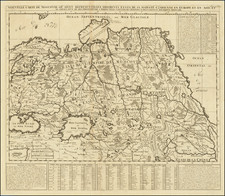
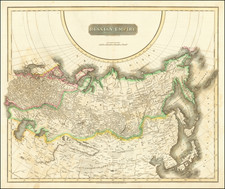
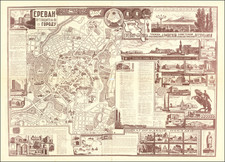
![Colton's Turkey in Asia and the Caucasian Provinces of Russia [shows Cyprus]](https://storage.googleapis.com/raremaps/img/small/89048.jpg)
